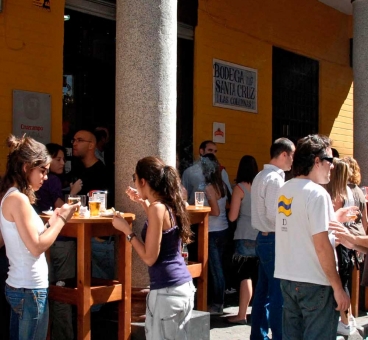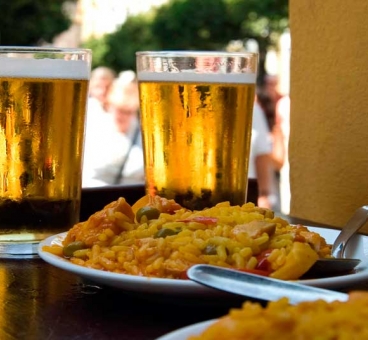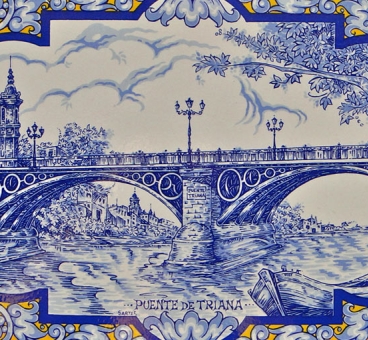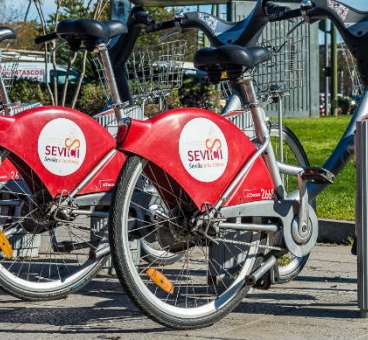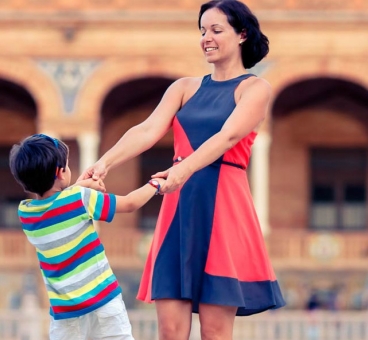Before becoming a monastic land, the Almohads used it in the 12th century by placing pottery kilns in the area, taking advantage of its location next to the river and given the existing abundance of clays that were extracted by working caves (later on they would continue with the extraction of clay also the potters of Triana), and there is a legend from around 1248 that tells that an image of the Virgin Mary was found in one of the caves (it is assumed that they hid it during the Muslim period), from then on the Hermitage of Santa Maria de las Cuevas is built to venerate the icon, at the end of the fourteenth century, was directed by the Franciscan Order. With time the devotion increased until the year 1400, when it changed to Monastery, founded by the Archbishop of Seville, Don Gonzalo de Mena (who died the following year due to an epidemy) helped by the noble Ruy González de Medina, the Franciscans were transferred to the Aljarafe and extensive properties were added to the land. As a member of one of the most renowned families, he left his mark on the monument by painting the family coat of arms at the entrances and main rooms. The death of the Archbishop left the situation in a difficult time because the funds donated by Gonzalo de Mena were used by the regent Don Fernando de Antequera (during the childhood of John II) to finance his military campaigns. Years later, another member of the Sevillian aristocracy, the Adelantado Mayor Don Perafán de Ribera, of the Casa de Alcalá, financed the construction of the church and was responsible for the maintenance of the monastery as long as it had the right to be buried in the building and its heraldic weapons took the place of those of the Archbishop. The Veraguas family also contributed goods for their survival. At the end of the 15th century the Order of the Carthusians, founded by St. Bruno, was established in the monastery and founded the first Carthusian monastery in 1084 in the Chartreuse mountains in France.
Within its walls Christopher Columbus prepared his second trip to America.
tweet